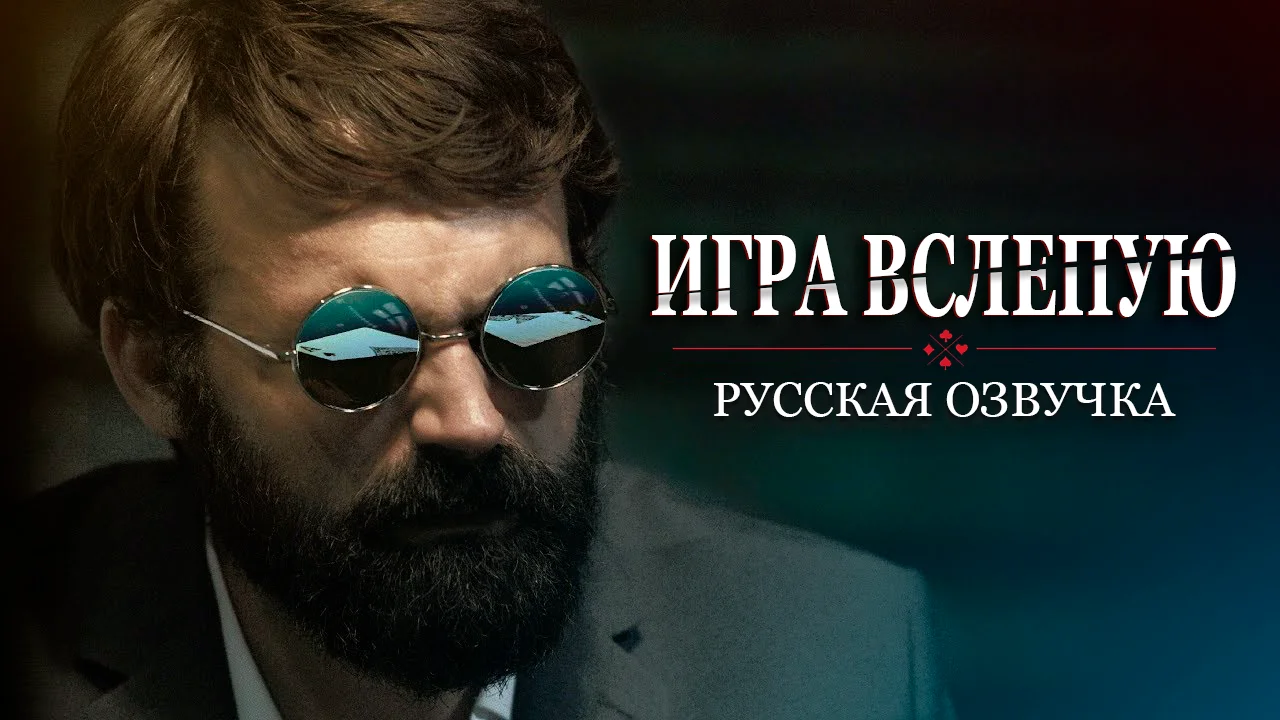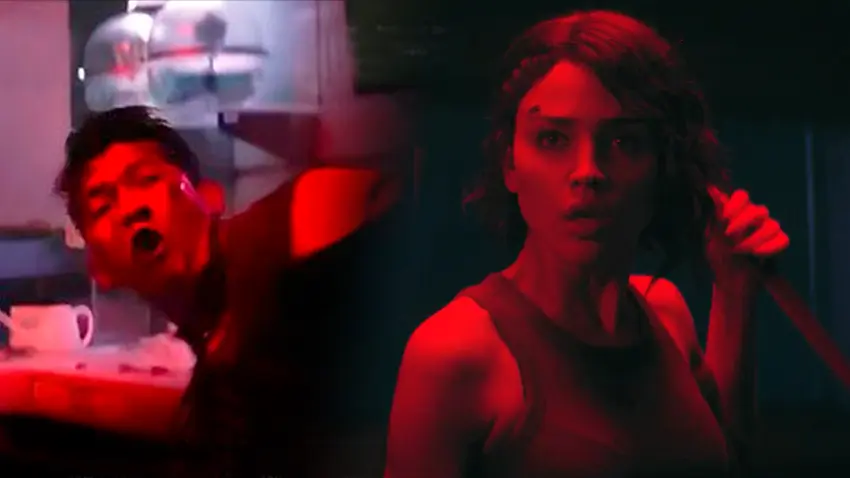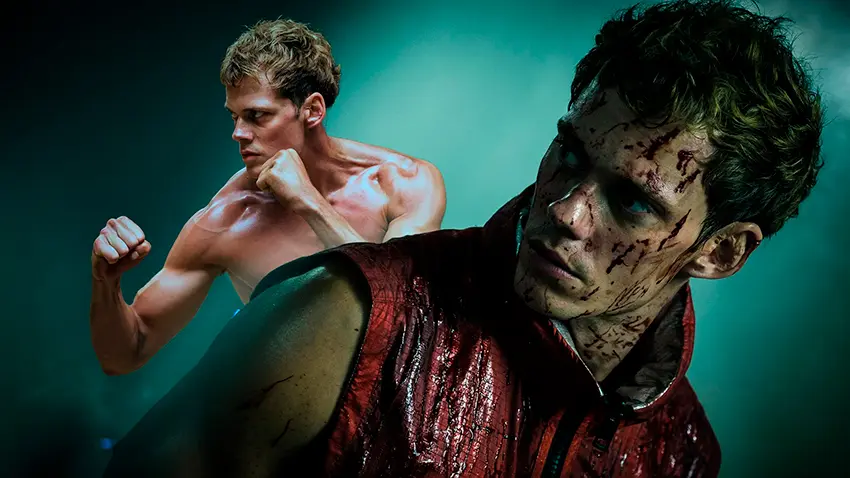
В честь появления русских субтитров и русской озвучки к “Мерантау” (за что отдельная благодарность Slav’у и zamez’у ;)), предлагаю вашему вниманию часть интервью Джеймса Пламба с режиссёром фильма Гарэтом Эвансом. Поскольку некоторые стандартные вопросы и ответы были опубликованы на сайте ранее, пришлось выбрать самое интересное – часть, посвящённую боевой хореографии и постановке.
В написании сценария к боевику и сценарию к драме есть какие-либо отличия или сложности? К примеру, бои мотивируются действиями персонажей или необходимостью возникновения боя в определённые моменты фильма?
ГЭ: Хоть я и большой поклонник фильмов с боевыми искусствами, я считаю особенно важным создание каждого эпизода боя в неразрывной связи с сюжетом. Важно, чтобы каждое использование Силата было результатом естественного продвижения сюжетной линии, а не просто в наглую вставлено в любое место, ведь у нас без поединков около 5-10 страниц сценария. Структура фильма сама по себе склонна к построению выводов и обратных действий, которые, тем не менее, позволяют создать мощный финал, не попирающий собой драматические моменты. Надеюсь, что зрители увидят в “Мерантау” и качественную драму, и отличный боевик.
А как Вы описываете сцены поединков? Это просто “Они деруться!” или Вы расписываете каждое движение по отдельности?
ГЭ: Это неблагодарное занятие – расписывать в сценарии каждое движение; подобные действия также контрпродуктивны, поскольку навязывают команде хореографов точные действия, а ведь команда знает о боевых искусствах намного больше, чем сценарист. Я просто в достаточной мере описываю будущую сцену и подаю таким образом идею для локации, расположения, реквизита и количества противников, а затем делаю быстрые пометки, чтобы придать сцене завершённость и ритмичность. Естественно, у меня была целая уйма идей с ударами и трюками, но я их записывал отдельно или просто держал в уме, а потом делился своими разработками во время репетиции хореографии. Сценарий с каждым расписанным движением читать слишком трудно, и часто бывает так, что его полностью понимает только тот, кто его написал.
Когда Вы начали создавать хореографию поединков? У Вас тогда уже был готов финальный вариант сценария? Или по мере создания хореографии развивался сам сюжет?
ГЭ: Перед началом создания хореографии был готов черновой рабочий сценарий, который постепенно исправлялся, но исправления сценария к хореографии никогда не имели никакого отношения. Все эти изменения относились больше к структуре и диалогам. Я потратил довольно много времени на то, как и когда вставить поединки, чтобы они смотрелись органично. Поэтому хореография и сценарий нами рассматривались как отдельные творческие элементы. Только после того, как я начал работать над характеристиками персонажей и детализацией драматических моментов, мы начали изменять хореографию, таким образом, прикрепляя её к сюжету и делая её более впечатляющей и уникальной.
Работа над постановкой поединков началась в июне, заняла в целом два месяца и проводилась в рабочей обстановке. Я не очень силён в Силате, но, к счастью для меня, команда каждый день вносила новые предложения, и мы совместно пытались добиться максимально лучшего результата. На мои вкусы значительно повлияли такие серьезные работы Джеки Чана, как все части “Полицейской истории”, а самым впечатляющим и великолепно поставленным поединком я до сих пор считаю бой из “Доспехов бога” - банкетный зал и Джеки Чан против монахов. Поэтому во время хореографии я настаивал на большем использовании реквизита и декораций, одновременных нападениях многих бойцов, более отчаянных поступках, повышающих общее напряжение. А тем временем наша команда, используя все свои навыки и знания, придумывала способ, как “с боем” выйти из придуманной нами ситуации.
Безусловно, и хореография, и сценарий развивались одновременно, но, как ничто другое, мне бы хотелось отметить наши совещания с художественным отделом, повлиявшие на сценарий в виде новых творческих образов и идей. Что, в свою очередь, привело к изменению хореографии, иногда в виде отказа от выполнения стандартных трюков или, наоборот, к реструктуризации слабенького эпизода в нечто более полноценное и гибкое.
Вы уже создали раскадровку? Вы рассматриваете сцены с определённых углов или же сначала снимаете, а потом думаете в каком месте разместить камеру?
ГЭ: Для поединков создание раскадровки в обычном смысле этого слова – занятие не из лёгких: список дублей и карандашные зарисовки не способны отобразить ни текучесть и сложность хореографии, ни операторскую работу, поэтому, используя обычную ручную камеру, я, сначала, снимал черновые кадры (без какого-либо монтажа, просто ради просмотра хореографии в сцене), а затем, из отснятого материала придумывал список дублей и снимал ещё раз, учитывая всё отснятое ранее, и только потом монтировал черновой вариант. Таким образом, нам легче было отметить специфические места хореографии или операторской работы. Затем, мы просто возвращались к ранее созданному материалу и снимали для связки короткие эпизоды перед началом настоящих съёмок.
Позже, во время дублей, нам очень помогал черновой монтаж. Эти рабочие кадры хореографии служили начальным ориентиром для редактора на съёмочной площадке. Мы снимали фильм с высоком разрешении (HD), используя систему Panasonic P2, которая позволяла проводить монтаж сразу на месте. Преимущества подобной съёмки заключаются не только в возможности рассмотреть плавную склейку эпизодов, но и в том, что можно быть уверенным в охвате всего происходящего на экране перед тем, как всё оборудование будет перенесено на другую локацию.
Вашим актёрам необходимо иметь опыт в боевых искусствах?
ГЭ: Я всегда считал, что отличить настоящего бойца на экране и человека, начавшего заниматься боевыми искусствами за три месяца до начала съёмок, не составляет особого труда, но не стоит расценивать это, как неуважение к актёрам с моей стороны. Хотя я и делаю упор на драматическую сюжетную линию и актёрскую игру, я ничуть не сомневаюсь, что наш фильм неразрывно связан с боевыми искусствами. Здесь и думать было нечего, наш главный герой обязан был быть бойцом наряду с остальными ключевыми персонажами, от которых требовалось умение выполнять сложные боевые эпизоды. Над некоторыми сложными ролями, в которых драматические и физические элементы практически были равны, я долго ломал голову, но в подобных случаях, на пробах некоторых бойцов оказывалось, что они обладают врождёнными актёрскими способностями. С этим проектом мне очень повезло, поскольку большинство актёрского состава имеет прирожденный и чистый талант к драматическому исполнению. Йайан Рухиян (Yayan Ruhian), в частности, в роли Эрика, заслуживает отдельного внимания, поскольку с легкостью адаптируется к характеристикам своего персонажа, кардинально отличающимся от его характера и прошлого. Я был в шоке, когда узнал, что у него нет абсолютно никакого опыта в актёрской игре.
С исполнителем главной роли Ико Ювайсом мне посчастливилось встретиться во время съёмок документального фильма в 2007 году. Тогда он был очень застенчив, обычный юноша-тихоня. Но стоило ему надеть силатовскую униформу и начать тренироваться, как он моментально преображался и делался необыкновенно фотогеничным. Не имело значения, сколько человек тренировались рядом, казалось, что камера снимает только его одного. Я сразу же сказал своему боссу/жене/продюсеру, что парень - прирожденная звезда боевиков и сразу же начал искать всё об индонезийской культуре и стиле Пенчак-Силат. Это послужило отправной точкой как для раскрутки самого Ико Ювайса, так и для распространения Силата и создания новой ветви фильмов такого жанра на Родине самого стиля – Индонезии.
До сих пор, настоящих звезд боевиков, как таковых, у них нет, но вскоре появятся. Пришло время представить всему миру стиль Пенчак-Силат и познакомить всех с будущей звездой боевых искусств Ико Ювайсом.
Автор: Джеймс Пламб
Источник: forcesofgeek.com
Перевод: EvilDollaR





















Хотелось бы немного уточнить: в фильме использовался не чистый Пенчак-Силат, а Силат Харимау.
Спасибо!
Вот тут у меня глаз зацепился, не могу не сказать:
"а самым впечатляющим и великолепно поставленным поединком я до сих пор считаю бой Джеки Чана с монахами в БАНКЕТНОЙ зале из “Доспехов бога”" :)
Спс, Slav, исправил. :)